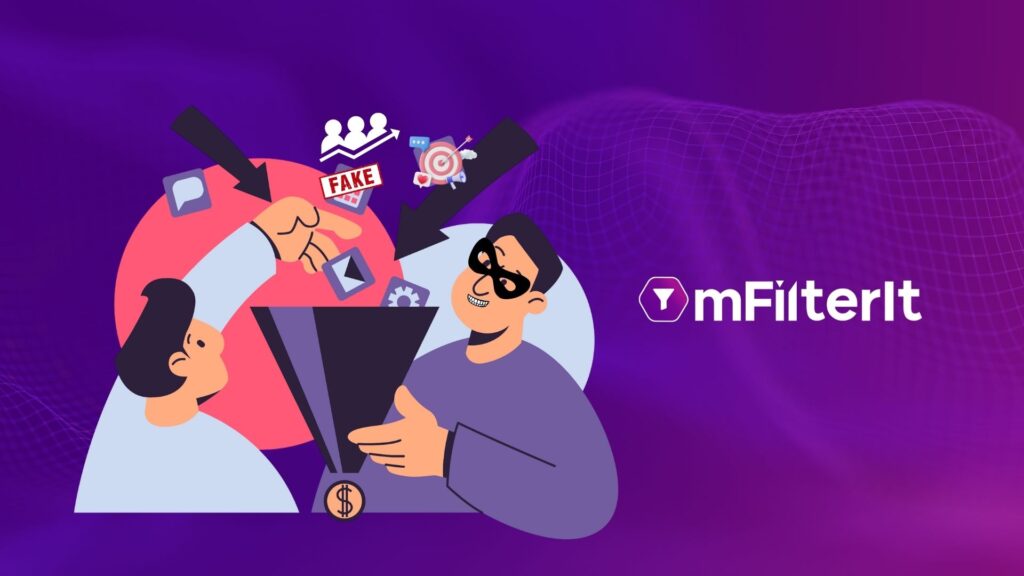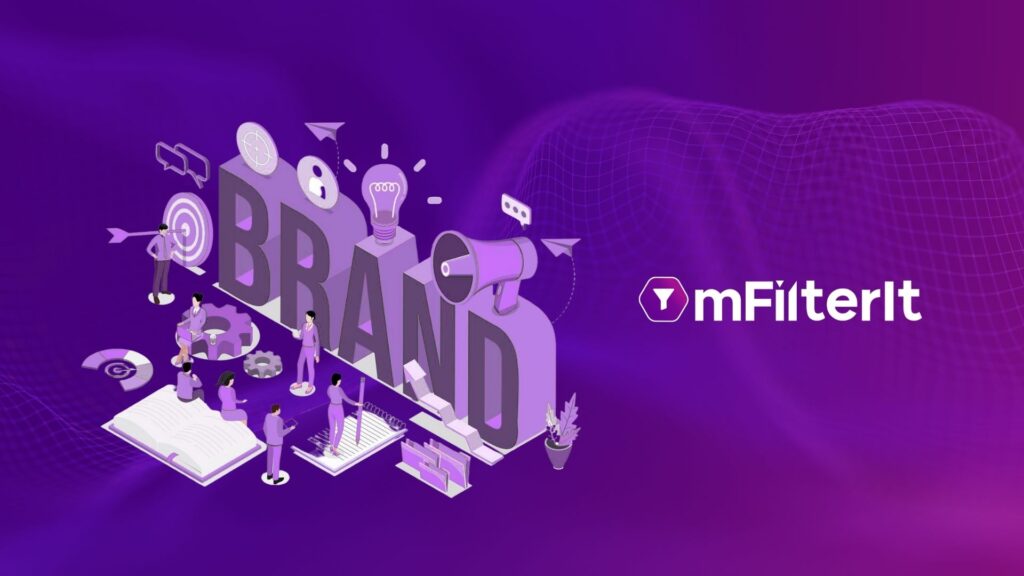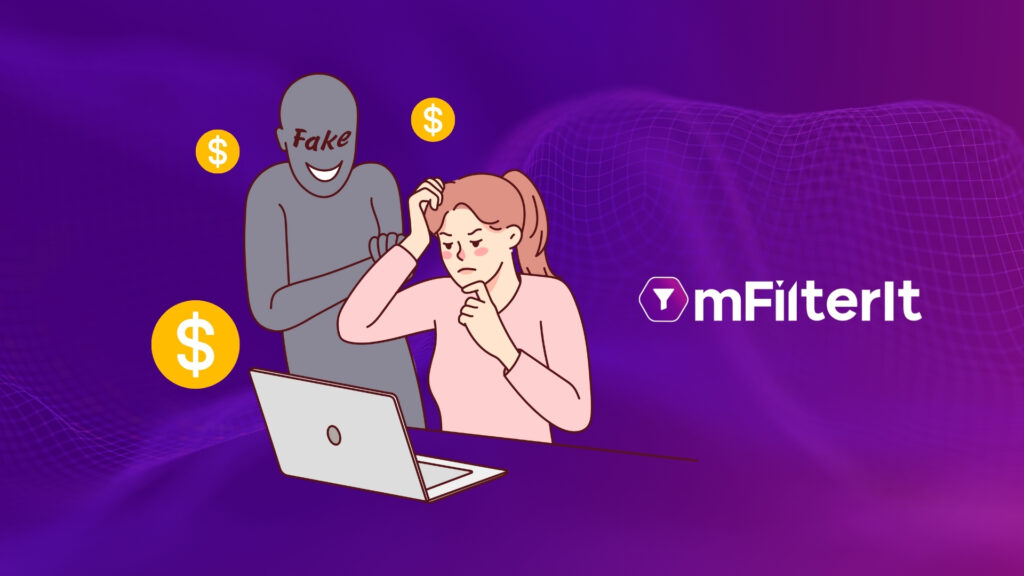The case of organic traffic theft of a leading BFSI client in UAE
- A major publisher partner of a large BFSI client was massively engaged in click spamming registering huge events.
- This publisher was stealing the organic traffic of the client.
- Once its engagement was blocked, the organic engagement went up for the client.
- A new breed of smaller affiliates sprouted to grab the opportunity through click spamming.
One of the leading BFSI clients of mFilterIt in the region was recording huge events as were reported by its key publisher which was entrusted with the task of getting relevant engagement for a campaign. The client was facing the typical situation of viewing extremely high events that even did not stand some basic logic. For instance, the total population of the UAE is less than 10 million. The nature of the service is not something that anyone from other countries would be interested in. For example, one could absorb extremely high events, even more than the population, in the case of a real estate campaign in UAE assuming that foreigners are interested in buying a property in the country. However, there would be hardly anyone looking for a financial service in the country from a foreign land.
In this specific campaign analysis, it was found that a campaign registered events above 50 million in a single day. This is five times the total population of the emirate. It can only be interpreted that on average every single person living in UAE clicked 5 times on this campaign! Why would any person do that?
On a deeper analysis, an inverse relationship was established between organic traffic patterns and the traffic acquired through a particular publisher. mFilterIt took down this publisher and instantly started seeing the organic traffic going up for the client for some time. However, one of the fundamental principles of effective ad-fraud protection is that there should be no exceptions. No one can combat it effectively by monitoring only a few, or for that matter ignoring smaller agencies and focusing on the larger ones alone.
The same was the experience in this case. As soon as the organic engagement started going up, a set of new agencies, though smaller started pulling down the organic engagement by click spamming. This is a learning for every marketeer not to be only after the ‘big fish’. There should be no tolerance for any size of fish in the pond.
It is a typical strategy to engage one or a few major publishers which account for 70-80% of the campaign KPIs and the remaining is entrusted with several smaller affiliates. An advertiser is mostly focussing on the key partners for everything, including when investigating ad fraud. This analysis shows that while focusing on the key partner does help, we cannot ignore the smaller affiliates as well. Click spamming is done by all irrespective of their size and they do hijack the organic traffic, though the impact would be proportionate to the engagement level of the publisher.
This is the reason mFilterIt has always been advocating for holistic ad fraud protection where the strategy should be to analyze to the 100th percentile and across platforms. Unless that is done, ad fraud will barge into the system from one of the other weak points.
The thought process for campaigns must change. Every advertiser does evaluate a potential partner on certain KPIs as part of the hygiene factors. The need is to also include parameters like genuine (BOT free) engagement as well as brand safety assurance offered by any potential partner as part of the hygiene parameters.
The approach adopted by mFilterIt is a neutral one where it does not only solve the advertisers’ problems. It does work along with publishers and agencies as well helping them implement the best practices so that such ‘pilferages’ in campaigns wherein the long run it maximizes returns for everyone in the value chain.
Get in touch to learn more about click spamming.







